Cleaning and proper disposal of cable jelly waste is an important environmental and safety consideration in cable maintenance and repair operations. Here’s a comprehensive guide on how to handle, clean, and dispose of cable jelly waste:
Cleaning Cable Jelly Waste:
1. Containment:
– Use drip trays or absorbent mats to catch jelly during removal.
– Create a designated cleaning area to contain the waste.
2. Bulk Removal:
– Use plastic scrapers or spatulas to remove large amounts of jelly.
– Collect the bulk waste in sealable containers.
3. Absorbent Materials:
– Apply absorbent materials like sawdust or specialized industrial absorbents to soak up residual jelly.
– Use absorbent pads or pillows for larger spills.
4. Solvents:
– Use appropriate solvents or degreasers to break down the remaining jelly.
– Common solvents include citrus-based cleaners or specialized cable jelly removers.
5. Wiping:
– Use disposable rags or wipes to clean surfaces after solvent application.
– Ensure the rags are compatible with the solvents used.
6. Pressure Washing:
– For outdoor areas, pressure washing may be appropriate.
– Ensure proper containment and collection of runoff.
7. Equipment Cleaning:
– Clean all tools and equipment used in the jelly removal process.
– Use appropriate solvents and dispose of cleaning materials properly.
Disposal of Cable Jelly Waste:
1. Waste Classification:
– Determine if the waste is classified as hazardous or non-hazardous according to local regulations.
– This classification will dictate disposal methods.
2. Containerization:
– Store waste in appropriate, sealed containers.
– Label containers clearly with contents and any relevant hazard information.
3. Segregation:
– Keep jelly waste separate from other types of waste.
– Avoid mixing with incompatible materials.
4. Licensed Waste Handlers:
– Contract with licensed waste disposal companies for proper handling and disposal.
– Ensure they are authorized to handle the specific type of waste.
5. Documentation:
– Maintain records of waste generation, storage, and disposal.
– Obtain and keep waste transfer notes or manifests.
6. Recycling Options:
– Investigate possibilities for recycling the jelly waste, if available in your area.
– Some specialized facilities can process cable jelly for reuse or energy recovery.
7. On-Site Treatment:
– In some cases, on-site treatment to reduce hazardous properties may be possible.
– This typically requires special equipment and permits.
8. Transportation:
– Ensure proper packaging and labeling for transportation.
– Comply with all relevant transportation regulations for hazardous materials if applicable.
9. Disposal Facilities:
– Use appropriate disposal facilities based on waste classification.
– Options may include landfills, incineration, or specialized treatment facilities.
10. Solvent Disposal:
– Dispose of used solvents separately, following regulations for chemical waste.
– Consider solvent recycling where possible.
Environmental and Safety Considerations:
1. Prevent Environmental Release:
– Avoid disposing of jelly waste in drains, sewers, or water bodies.
– Implement spill prevention and response procedures.
2. Personal Protective Equipment (PPE):
– Wear appropriate PPE including gloves, eye protection, and protective clothing.
– Use respiratory protection if dealing with large quantities or in poorly ventilated areas.
3. Ventilation:
– Ensure adequate ventilation when cleaning and handling jelly waste, especially when using solvents.
4. Training:
– Provide proper training to personnel involved in cleaning and disposal.
– Include information on health hazards and safe handling procedures.
5. Emergency Procedures:
– Have clear procedures for spills or accidental releases.
– Maintain spill kits in areas where jelly waste is handled.
6. Compliance:
– Stay informed about and comply with all local, state, and federal regulations regarding industrial waste disposal.
7. Minimize Waste:
– Implement practices to minimize the generation of jelly waste during cable work.
8. Regular Audits:
– Conduct regular audits of waste management practices to ensure ongoing compliance and efficiency.
Best Practices:
1. Develop a comprehensive waste management plan specific to cable jelly waste.
2. Regularly review and update disposal procedures to align with changing regulations.
3. Consider environmental impact when choosing cleaning methods and disposal options.
4. Explore new technologies or methods that may offer more environmentally friendly solutions.
5. Collaborate with waste management experts to optimize your disposal processes.
By following these guidelines, organizations can ensure that cable jelly waste is handled, cleaned, and disposed of in a manner that is safe for workers, compliant with regulations, and mindful of environmental impact. Always consult local environmental agencies and waste management authorities for specific requirements in your area, as regulations can vary significantly by location.

This is Kamran Malekian working in the petroleum jelly manufacturing industry for Navid Noor Company since 2013 I am eager to make content in this industry and have a good impact on professional users and people using cosmetic and pharmaceutical products.
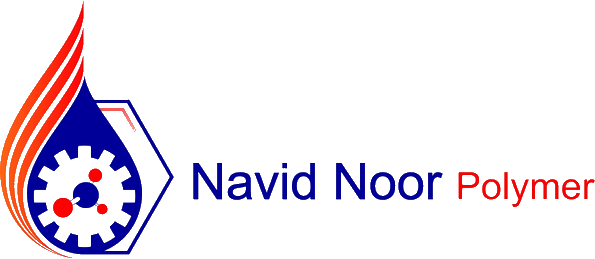
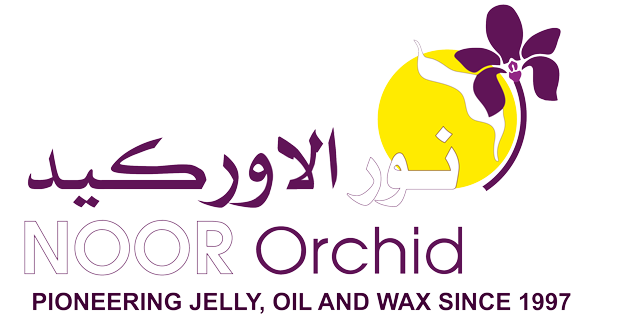





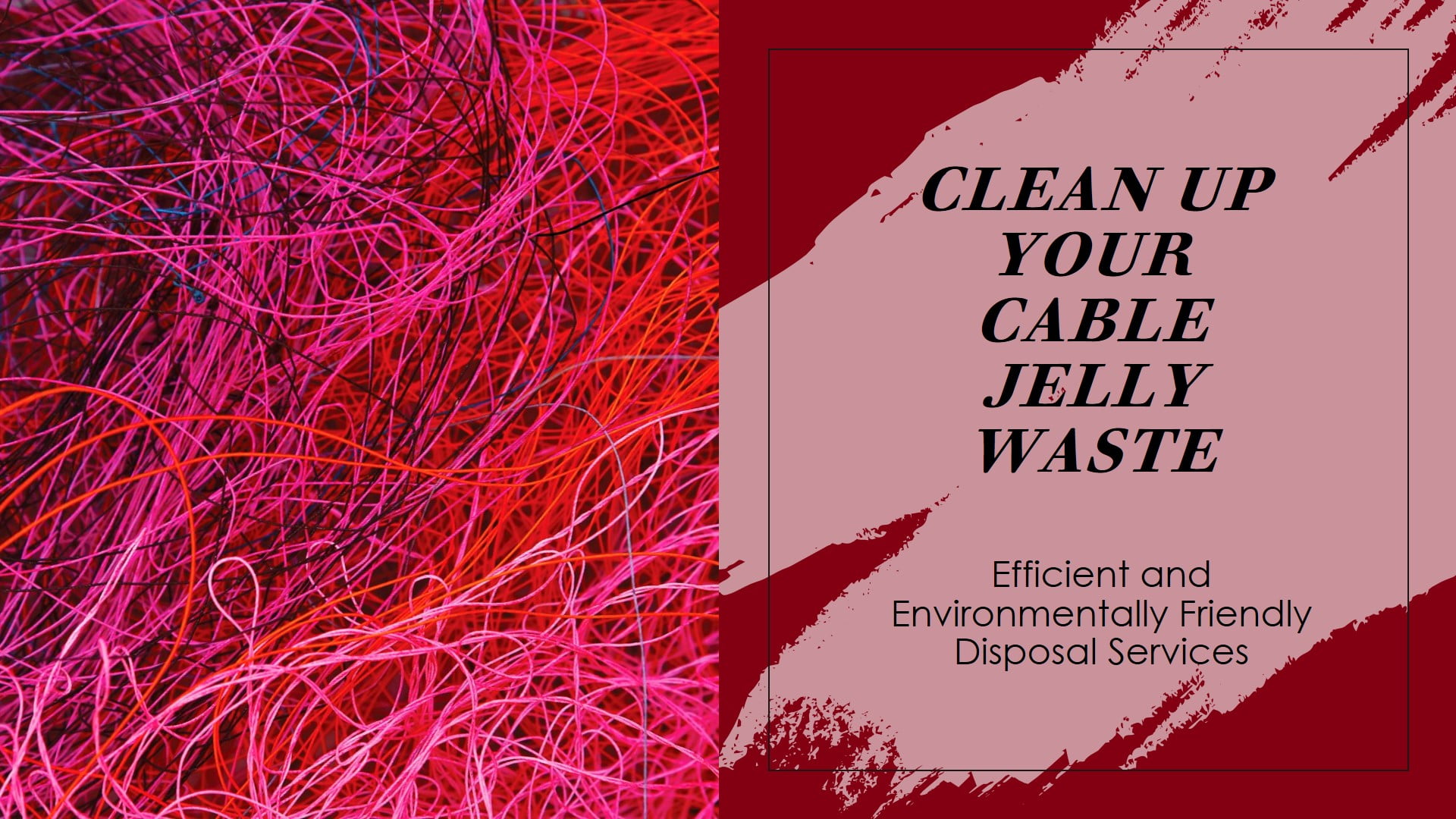
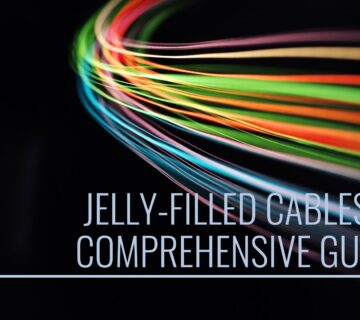

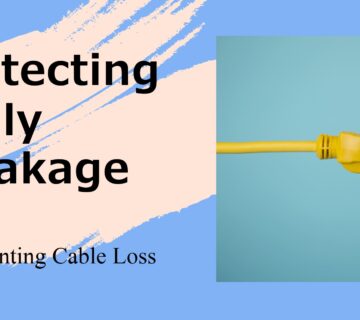
No comment